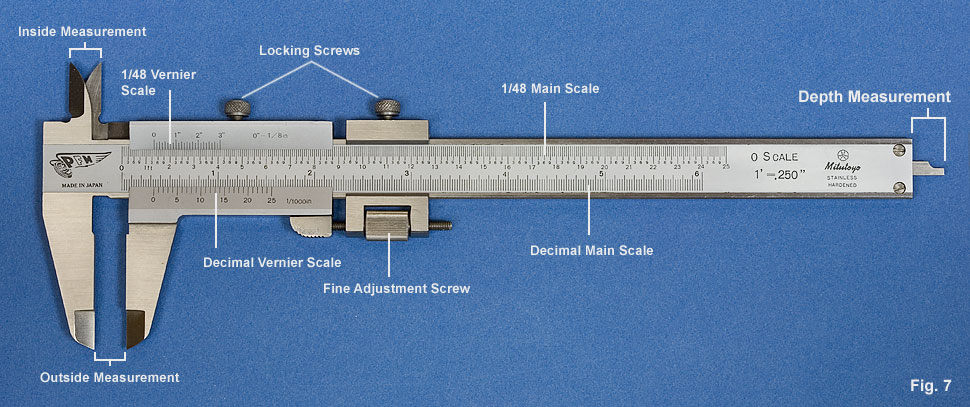Laser Cutting Tutorial
- 1. Cleaning of lens
- Do not stare laser for a long time
- Laser cutter must remain under constant supervision while in use

The machine could be suddenly overheated and start a fire. Make sure to set "Air Assist" mode. Make sure that machine is under your control.




Vector (line/arc), Raster (image), or combined
Frequency, power and speed
Duis sed odio sit amet nibh vulputate cursus a sit amet mauris. Morbi accumsan ipsum velit. Nam nec tellus a odio tincidunt auctor a ornare odio.
Leave a Comment
For Starter -
Principles and Practices,
Project Management
- 27 January, 2016





